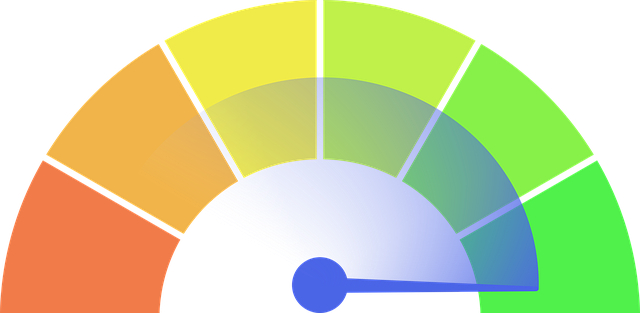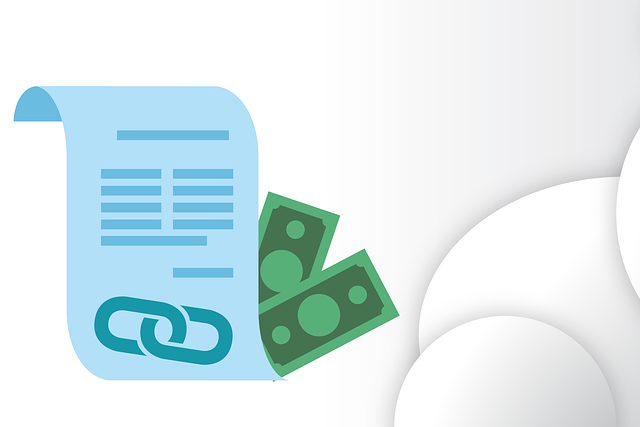Internal linking for SEO strategically connects relevant pages, aiding search engines in understanding content hierarchy and context. This improves site crawling, indexing, and rankings while enhancing user experience through easier navigation and increased engagement. Best practices include using keyword-rich anchor text, distributing link equity, and creating logical navigation paths to maximize the benefits of internal linking. Measuring CTRs and user behavior post-click helps refine SEO strategies for better content structure and discoverability.
Discover the power of internal linking as a transactional keyword strategy for your website’s success. In today’s competitive digital landscape, optimizing internal links can significantly boost your SEO efforts. This comprehensive guide explores the fundamentals and advanced techniques of internal linking for SEO, from its impact on search engine rankings to effective implementation using cutting-edge tools. Learn how strategic internal links enhance user experience and drive organic traffic, ultimately propelling your website to new heights.
- Understanding Internal Linking for SEO
- Benefits of Strategic Internal Links
- Creating a Strong Internal Link Structure
- Tools to Optimize Your Internal Linking
- Best Practices for Effective Internal Linking
- Measuring Success: Tracking Internal Link Performance
Understanding Internal Linking for SEO

Internal linking for SEO is a strategic approach to enhancing your website’s visibility and user experience. By connecting relevant pages within your site, you create a network that helps search engines understand the context and hierarchy of your content. This simple yet powerful technique plays a crucial role in optimizing your website for search engine algorithms.
When implementing an internal linking strategy, consider using anchor text effectively, ensuring it’s descriptive and relevant to the linked page. It’s not just about including keywords; rather, it’s about guiding users and search engines to valuable content. A well-crafted internal linking for SEO tutorial or tips guide can offer a structured roadmap, making it easier to navigate your site while boosting its overall SEO performance.
Benefits of Strategic Internal Links

Strategic internal links are a powerful tool to enhance your site’s SEO and user experience. By connecting relevant pages within your website, you create a network that allows search engines to understand your content hierarchy and context. This is particularly beneficial for SEO optimization as it enables Google to crawl and index your site more efficiently, leading to improved rankings over time.
Additionally, internal linking encourages users to explore more of your website, reducing bounce rates and increasing engagement. A well-crafted internal linking strategy can guide visitors through your content, fostering a seamless user journey. This not only benefits SEO but also ensures that your audience can effortlessly discover related resources, ultimately improving their overall experience.
Creating a Strong Internal Link Structure

A robust internal linking structure is a cornerstone of any effective SEO strategy. By strategically connecting relevant pages within your website, you create a seamless network that enhances user experience and improves search engine understanding of your content. This involves carefully selecting anchor texts that accurately represent the linked page’s content, ensuring a natural flow between pages.
For instance, an internal linking for SEO tutorial might guide site administrators on how to leverage keyword-rich anchors to connect related blog posts or in-depth guides. This not only improves the overall SEO optimization of your website but also encourages visitors to explore more relevant content, leading to longer session durations and reduced bounce rates – key factors that search engines consider when ranking websites. A well-designed internal linking strategy is a powerful tool in any digital marketing arsenal, serving as a roadmap for both users and search algorithms to navigate your site’s vast knowledge base.
Tools to Optimize Your Internal Linking

Optimizing internal linking is a powerful strategy to enhance your website’s SEO performance. These tools and techniques allow you to create a seamless network of connections within your site, improving user experience while also signaling to search engines the importance of specific pages. By implementing effective internal linking for SEO optimization, you can direct users and search algorithms to valuable content, encouraging deeper exploration and increased time spent on your website.
To get started with internal linking for SEO tutorial, begin by identifying key topics and relevant pages. Strategically place links within your content that guide readers towards related resources. This not only improves navigation but also helps distribute link equity throughout your site, boosting the authority of individual pages. Remember, internal linking for SEO tips involves a thoughtful approach; ensure links are contextually relevant and add value to the reader’s experience.
Best Practices for Effective Internal Linking

Creating an effective internal linking strategy is key to enhancing your website’s SEO and improving user experience. When implementing internal links, keep a few best practices in mind. First, ensure that anchor text is descriptive and relevant to the linked content, providing users with a clear understanding of what they’ll find by clicking through. This not only benefits visitors but also helps search engines better understand the context of your pages.
Additionally, focus on creating a natural link flow throughout your site. Internal linking should guide users through a logical path, connecting relevant pages together. This allows for a smoother navigation experience and encourages deeper engagement with your content. Remember, an internal linking tutorial or tips guide can be incredibly useful for optimizing your SEO strategy, so consider creating resources that offer practical advice for implementing these techniques effectively.
Measuring Success: Tracking Internal Link Performance

Measuring the success of your internal linking strategy is a crucial step in optimizing your site’s SEO performance. By tracking how users interact with your internal links, you can gain valuable insights into what’s working and what needs improvement. This data-driven approach allows for refining your SEO strategy, ensuring that your content is not only well-structured but also easily discoverable by search engines.
One of the key metrics to monitor is click-through rates (CTRs) from internal links. A high CTR indicates that users are finding the linked content engaging and relevant, encouraging them to explore more of your site. Additionally, analyzing user behavior after clicking on an internal link—such as time spent on page, bounce rates, and subsequent actions—can provide a comprehensive understanding of how well your internal linking for SEO tips and strategies are performing. This information can guide you in creating more effective content and optimizing your website’s navigation for improved user experience and search engine rankings.
